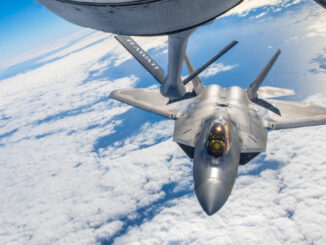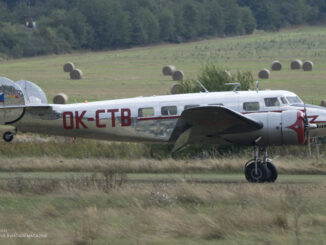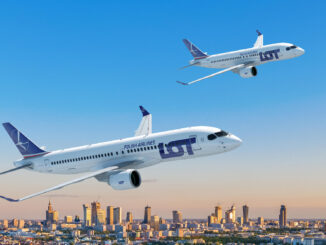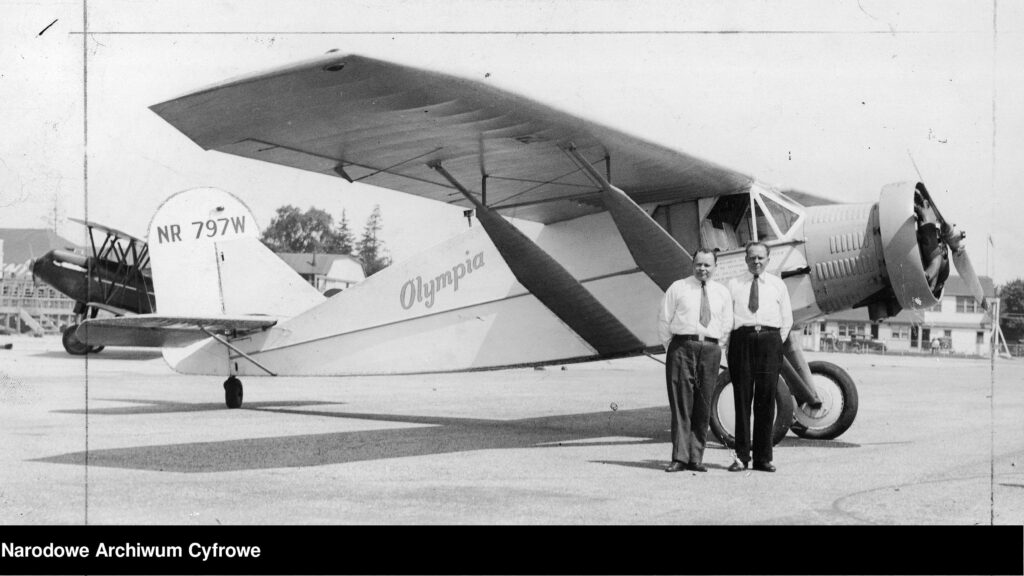 Józef and Bolesław Adamowicz land their Bellanca J-300 Special in Warsaw, after a successful transatlantic flight from New York.
Józef and Bolesław Adamowicz land their Bellanca J-300 Special in Warsaw, after a successful transatlantic flight from New York.
Józef and Bolesław Adamowicz, businessmen and amateur aviators of Polish nationality, were born in 1893 and 1896, respectively, in Vilnius region (then being a part of the Russian Empire). Before the outbreak of World War I, they decided to emigrate to the United States, just like their older brother Bronisław.
There, they both concluded to simplify their names to Joseph (Joe) and Benjamin (Ben), respectively. In 1918, after they managed to save some money from previous employment, the Adamowicz brothers decided to found a small carbonate beverages factory. Soon, their own business allowed Joe and Ben to achieve a stable financial situation.
Ten years later the Adamowicz brothers had an opportunity to take their first flight ever, as passengers in a tourist aeroplane. It was the very moment they developed a deeper interest in aviation. Shortly thereafter they both completed a basic flying course and next bought their first Waco biplane, for a cost of 3400 USD. Some time after that, they replaced it with another biplane from the same manufacturer, but this time with a more powerful engine.
The 1920s and 1930s are usually called ´golden years of aviation´ as they were the time when pilots from all over the world intensively challenged each other to overcome new limits and boundaries. And there is no wonder that also the Adamowicz brothers wanted to join the aviation pioneers´ club – despite being just newly qualified aviators and having relatively little experience.
Almost at the same time when Joe and Ben began their aviation adventure, the era of transatlantic flights started. In 1927, an American pilot, Charles Lindbergh, became the first man in history to fly over the Atlantic Ocean. Five years later, two unsuccessful attempts to cross the ocean were made by Stanisław Hausner, a Pole living in the USA. Hausner´s idea was to fly from the United States to Warsaw, using the North Atlantic route. He was also planning the third attempt, but regrettably died in aviation accident just before that trial.
In May 1933, Stanisław Skarżyński flying a RWD-5 sport aircraft, became the first Polish pilot to cross the Atlantic. He did it via the South Atlantic route, from St. Louis in Senegal (Africa) to Maceió in Brasil (South America). At this opportunity setting also a world record of non-stop flight distance in tourist aircraft category.
In May of 1932, just about the time Hausner was trying to cross the Atlantic for the first time, Józef and Bolesław Adamowicz won a tourist aircraft competition at Floyd Bennett airfield. Highly motivated by this success – and having in mind Lindbergh´s flight, early Hausner´s attempts and eventually successful transatlantic journey of Skarżyński – the Adamowicz brothers have decided to follow those footsteps. They came up with an idea of their own transatlantic flight from the USA to Warsaw.
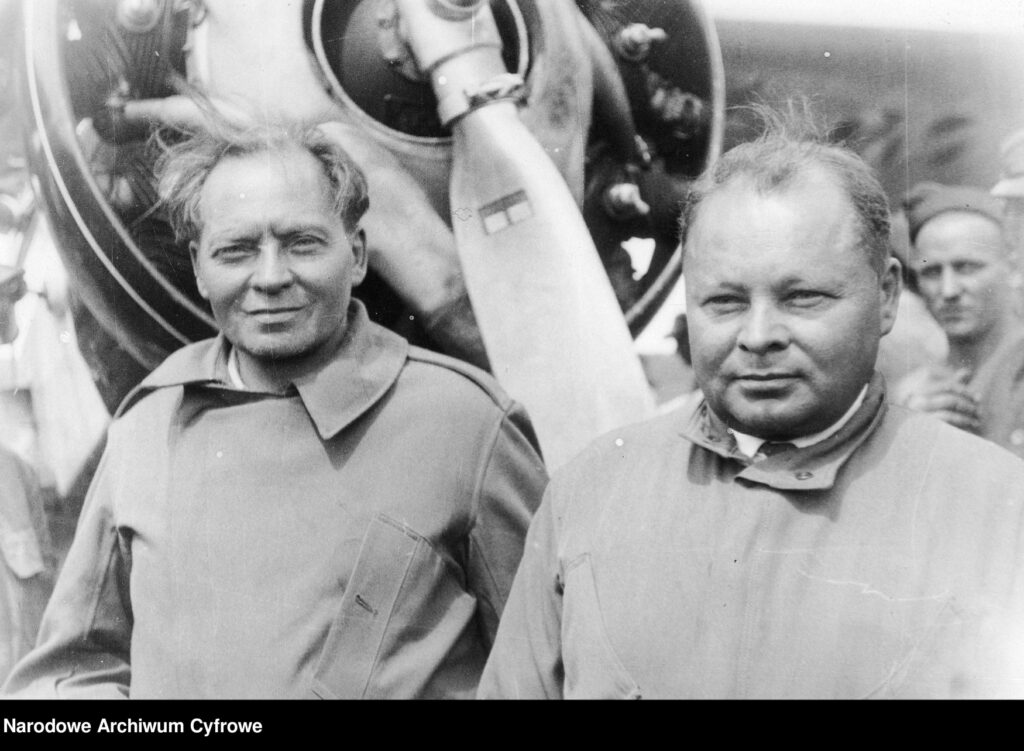
Nevertheless, such a difficult and complex adventure primarily required a suitable aircraft. Therefore, Joe and Ben decided to sell their biplane and then in 1933, for the cost of 22,000 USD, they purchased a new aircraft. It was Bellanca J-300 Special (c/n 3003), a high wing monoplane with a 200 hp Wright radial engine – an aeroplane similar to the one used by Hausner during his earlier flights.
In order to be ready to cross the Ocean, the aircraft underwent necessary modifications. They were mainly focused on increasing fuel capacity. In addition to standard fuel tanks of 1,627 litres (429 gallons), two additional tanks for another 1,665 litres (440 gallons) were installed in the fuselage of Bellanca. And, as a precaution, the Adamowicz brothers also decided to take an extra load of 79,5 litres (21 gallons) of fuel in canisters, to be stored on board the aeroplane.
Nevertheless, for financial reasons, the aircraft had just the minimum of navigational and additional equipment installed – some basic instruments with gyrocompass. Neither radio nor auto pilot were installed, so if something went wrong, the crew had only a flare gun at its disposal.
The aircraft, being registered as NR797W and named ´City of Warsaw´, received a special livery – it included an inscription ‘New York – Warszawa’ (referring to the flight route) and an emblem of the Polish White Eagle, painted on the fuselage.
The Adamowicz brothers initially planned their flight to take place in August of 1933 and Harbour Grace airfield in Newfoundland was chosen as the official location of their departure. Unfortunately, their aircraft was damaged on landing by the pilot who had been commissioned to fly Bellanca to Newfoundland. As a result, the flight had to be postponed until next year.
During this time, the Bellanca was transported back to New York, where it underwent repairs. The Adamowicz brothers used the break to make additional, more thorough preparations for the flight and to improve their flying skills.
The date of another attempt was set on 28th June 1934. That day Joe and Ben flew – this time by themselves – their modified Bellanca J-300 from Floyd Bennett Field to Harbour Grace. And at 5.00 a.m. the next morning they took-off for the most challenging leg of the flight, across the Atlantic Ocean.
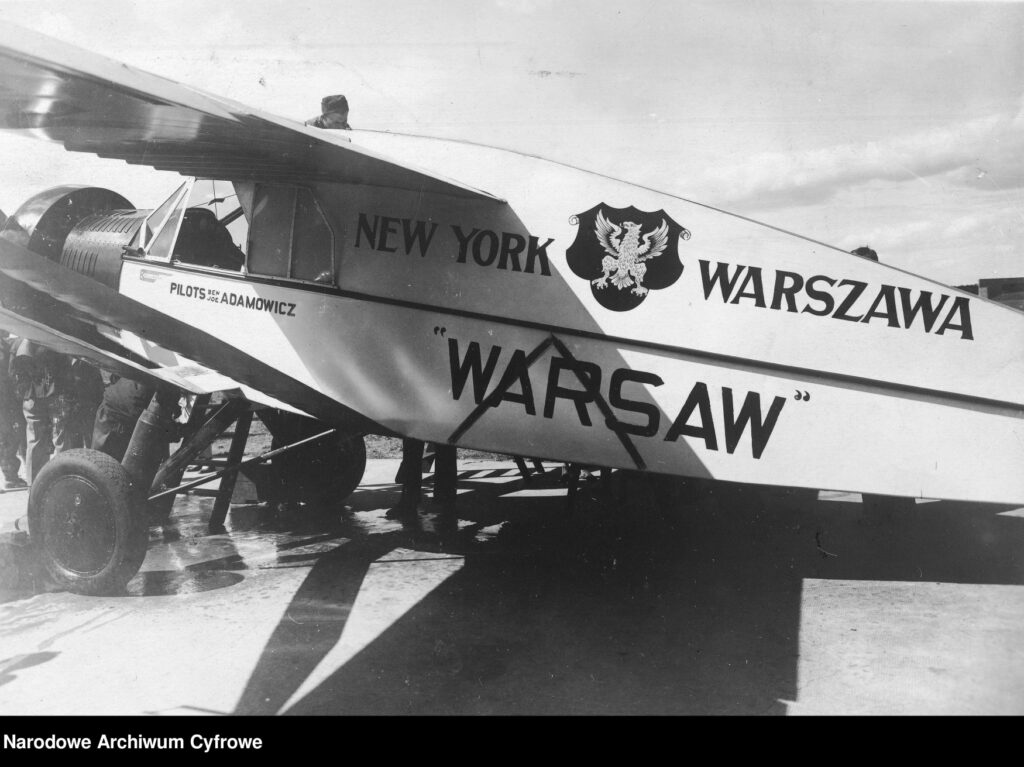
Initially, the flight went without any problems. The weather conditions were fine, so the Bellanca could fly at a ceiling of 3,000 metres. However, after six hours over the ocean, the aeroplane started to ice over, due to drop of air temperature. In order to prevent aircraft from icing, Bolesław Adamowicz has lowered the ceiling to approximately 1,200 metres. Shortly thereafter, the Bellanca and its crew encountered a thunderstorm.
After a couple of hours the Adamowicz brothers managed to fly above the clouds, reaching the altitude of about 4,000 metres. Nonetheless, this did not mean the end of their problems. After about 11 hours of flight the crew realised that one of additional fuel tanks was leaking. Fortunately, there was still enough fuel to continue with the flight but it had to be manually pumped into main tanks.
In the morning of 30th June, and after about 20 hours of flight, Józef and Bolesław Adamowicz finally reached the European mainland. As they were not sure about their exact position, the Adamowicz brothers have decided to continue the flight, still heading East. The weather has worsened again and they flew three more hours without ground visibility. Then the Bellanca turned westward and continued in that direction for another hour.
As soon as visibility improved, the Adamowicz brothers decided to land on a small meadow, being unable to locate any town in the nearby area. During the landing, the tail wheel of Bellanca was slightly damaged. Soon, it turned out that they landed near Fleury-sur-Orne in French Normandy. Shortly after, a Polish military attaché came there to meet them.
On 1st June, after having repaired the tailwheel, Józef and Bolesław took-off from that Normandy meadow and flew to Paris. Certainly, their landing in capital of France did not escape public notice. After refuelling, the Adamowicz brothers took-off again for the last stage of their transatlantic flight to Poland.
They certainly headed to Warsaw but due to navigation error and running out of fuel, the Adamowicz brothers were forced to land in Germany, somewhere near the Polish border. And again, damaged their landing gear.

The next day, after performing necessary repairs, Joe and Ben took-off once again – this time being sure they made it directly to Warsaw. However, another navigation error resulted that they reached a military airfield in Toruń. And from there, being accompanied by Polish pilot Aleksander Onoszko, the Adamowicz brothers finally flew to Warsaw.
On 2nd July 1934, at around 5.00 p.m. and after four days and eleven hours since the take-off from New York, the Bellanca has successfully landed at Pole Mokotowskie aerodrome in Warsaw. There, Józef and Bolesław Adamowicz were welcomed by country authorities, including the then Prime Minister of Poland, Leon Kozłowski, and certainly by a crowd of spectators.
After successfully completing their transatlantic flight, Józef and Bolesław Adamowicz retured to the USA by ship and spent the rest of their lives there (regrettably, without any further aviation adventures known). Their aircraft, the Bellanca J-300 Special ‘City of Warsaw’, has remained in Poland.
The aeroplane was bought by Airborne and Antigas Defence League paramilitary organization and initially was being used for propaganda purposes. In 1937, the Bellanca received a Polish civil registration of SP-BPG and was converted for carrying parachute jumpers.
Upon the outbreak of the World War II, the Bellanca was used for transport purposes but its war record was very short. Already on 7th September the aircraft was hit by anti-aircraft artillery and made an emergency landing near Brześć. Being taken over by the Germans, the Bellanca was then handed over to the Romanian Air Force. Its further fate is not sure, but there are some information that the aircraft was later being used on the Eastern Front.
Józef and Bolesław Adamowicz wrote their memories of the transatlantic flight from New York to Warsaw and published them in a book ´Przez Atlantyk´ (English: Across the Atalntic). However, in 1951 their book was withdrawn from Polish libraries by Polish socialist authorities of that time and then censored.
Józef Adamowicz passed away in November 1970 and his brother Bolesław, nine years later, in June 1979.
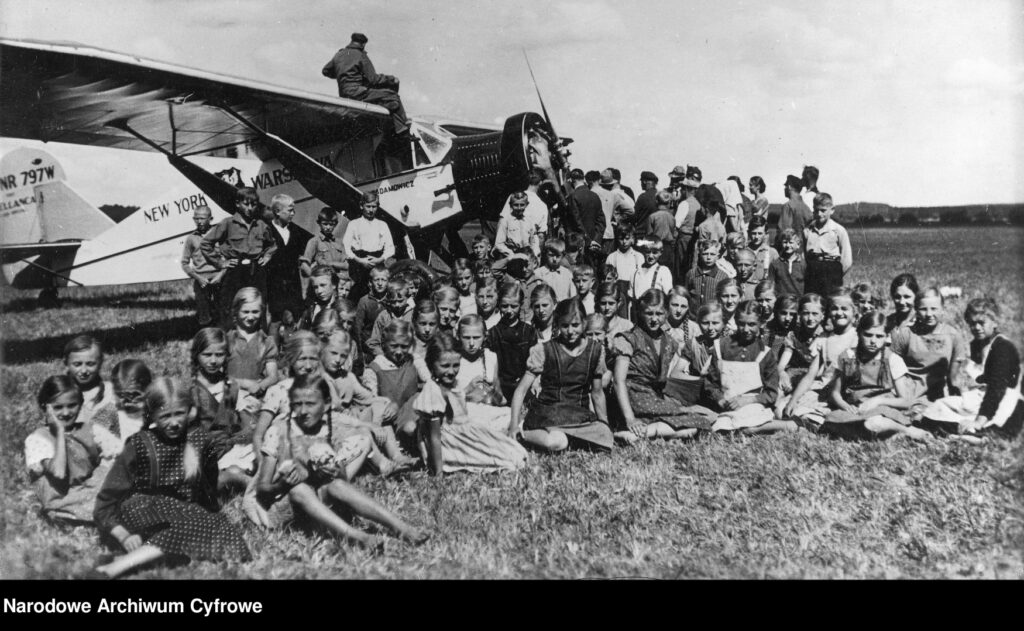
Photos from the collection of Narodowe Archiwum Cyfrowe (National Digital Archive), used under public domain licence. Cover photo: American industrialists, amateur aviators of Polish origin Bolesław and Józef Adamowicz. (National Digital Archive collection, 3/1/0/16/1012a)

